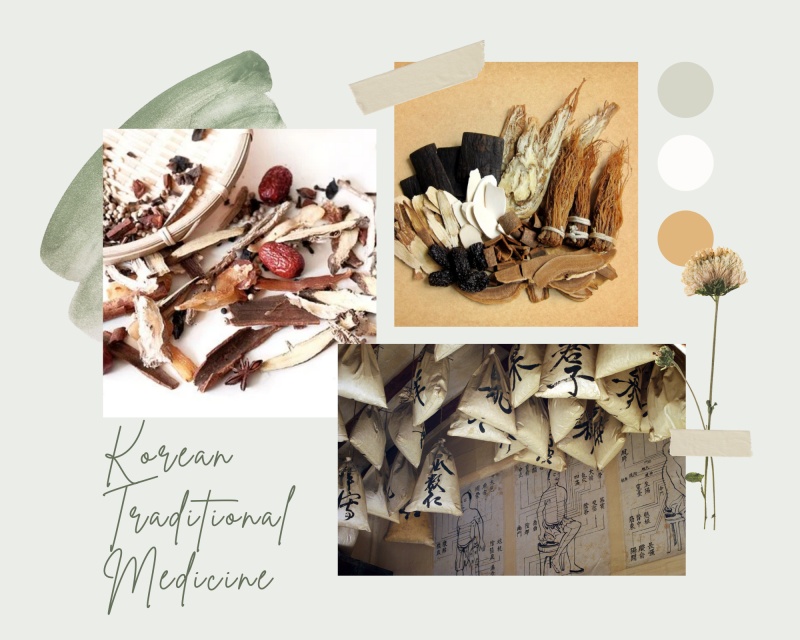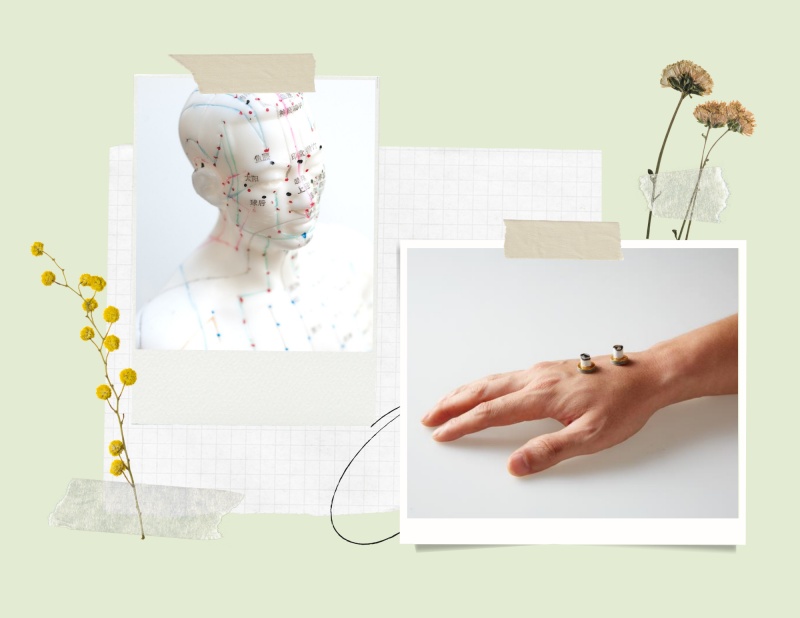- 한국어
- English
- 日本語
- 中文
- العربية
- Español
- Français
- Deutsch
- Pусский
- Tiếng Việt
- Indonesian
By Honorary Reporter Iran Tavera from Mexico
Photo = Iran Tavera

Traditional Korean medicine (hanyak) dates back to ancient times. A myth says a tiger and a bear, wanting to reincarnate as humans, decided to eat garlic and absinthe, which were described as "medicine edible."
Over time, such medicine was influenced by those of other countries like China. But not until the Joseon Dynasty did the Korean version see its heyday. The Concise Prescriptions of Royal Doctors and Classified Collection of Medical Prescriptions are two key textbooks on traditional Korean medicine from that period.
Treatment is conducted through the use of medicinal herbs such as plants, trees, flowers, shrubs, ferns, mosses, algae, lichens and fungi. Another method is acupuncture, in which needles are used as a medical instrument by stimulating specific pressure points in the body and drawing blood.

Acupuncture and moxibustion are two leading methods of treatment in traditional Korean medicine.
Moxibustion is another method in traditional Korean medicine that applies heat to the body through a cone or stick that burns ssuk (mugwort). The affected part of the body is treated to stimulate and strengthen the blood.
Such medicine holds historical importance for modern medicine as a means to understand traditional healing techniques. In addition, it has shown effectiveness against the treatment of diseases such as Parkinson's, high blood pressure, depression and rehabilitation.
enny0611@korea.kr
*This article is written by a Korea.net Honorary Reporter. Our group of Honorary Reporters are from all around the world, and they share with Korea.net their love and passion for all things Korean.